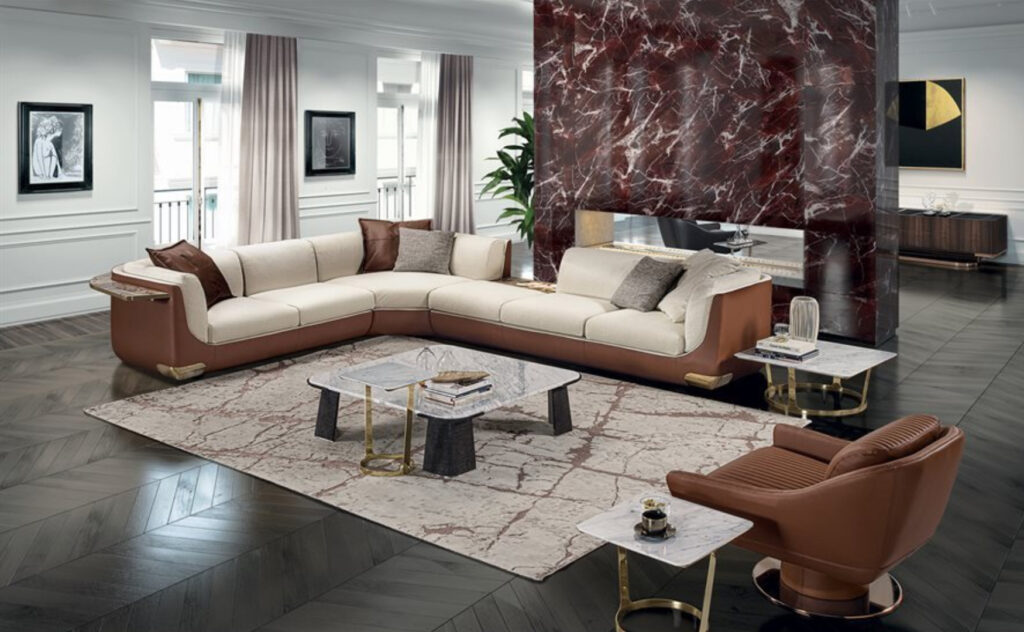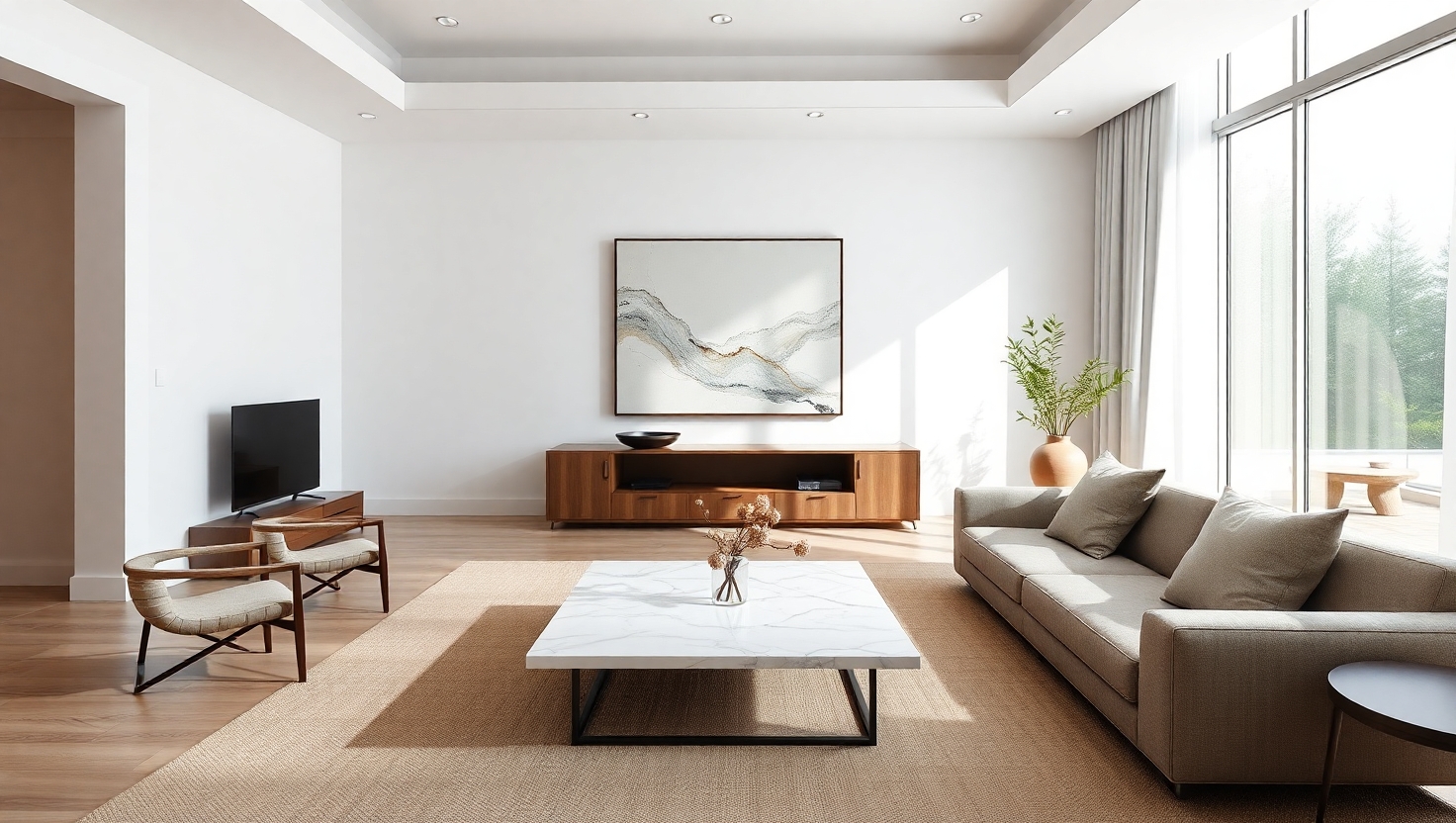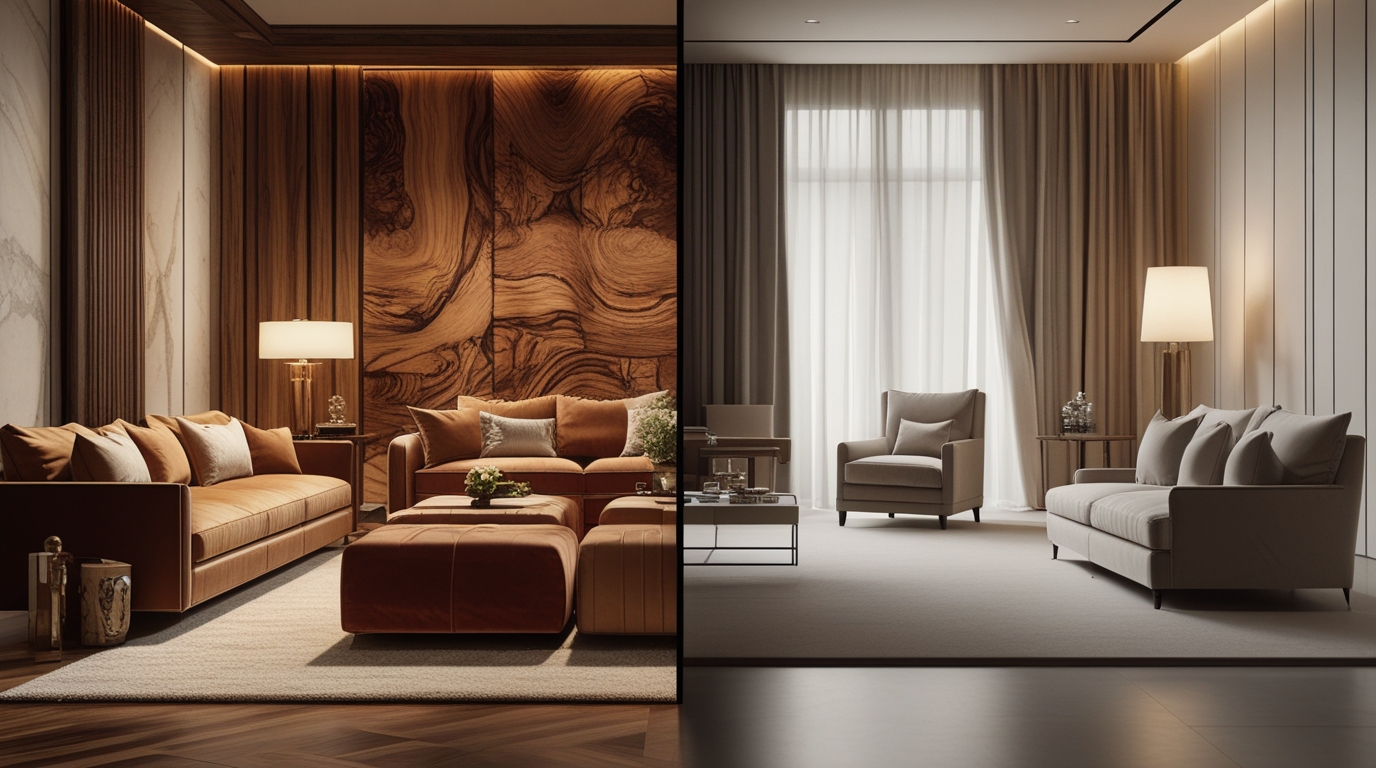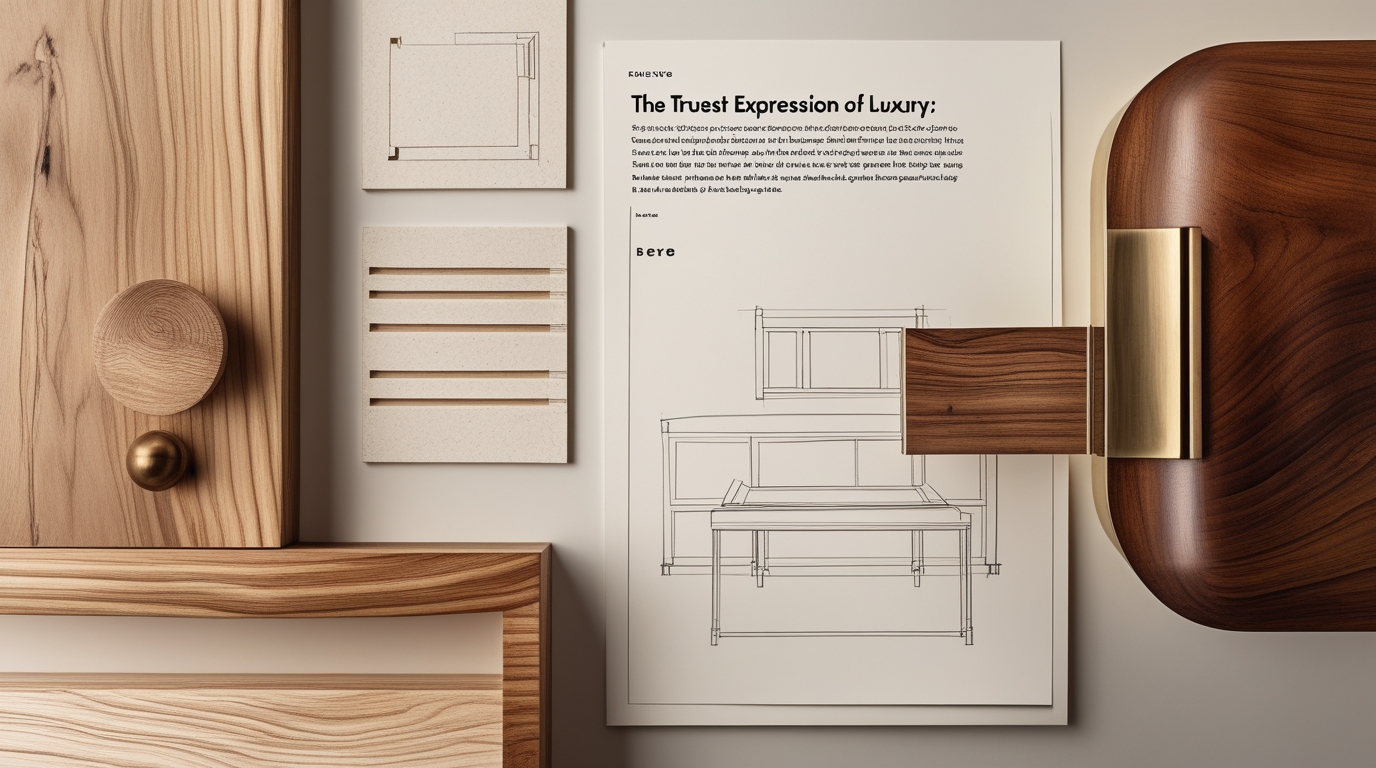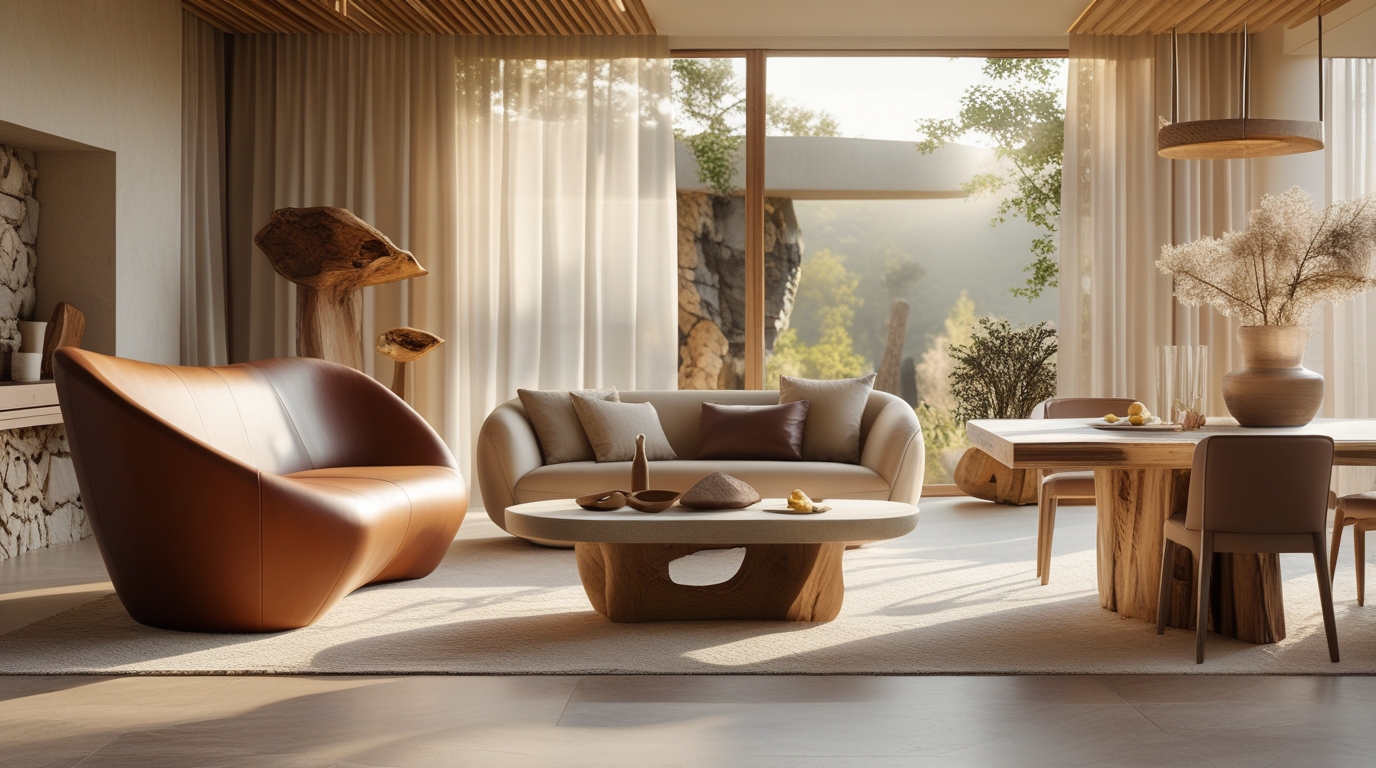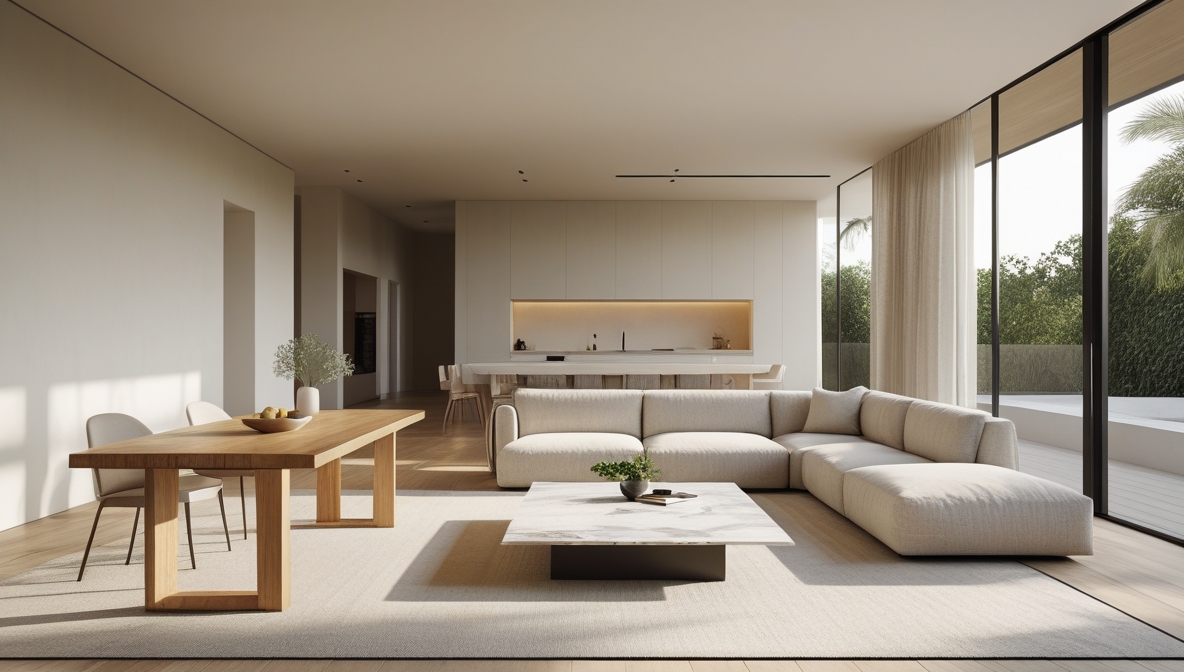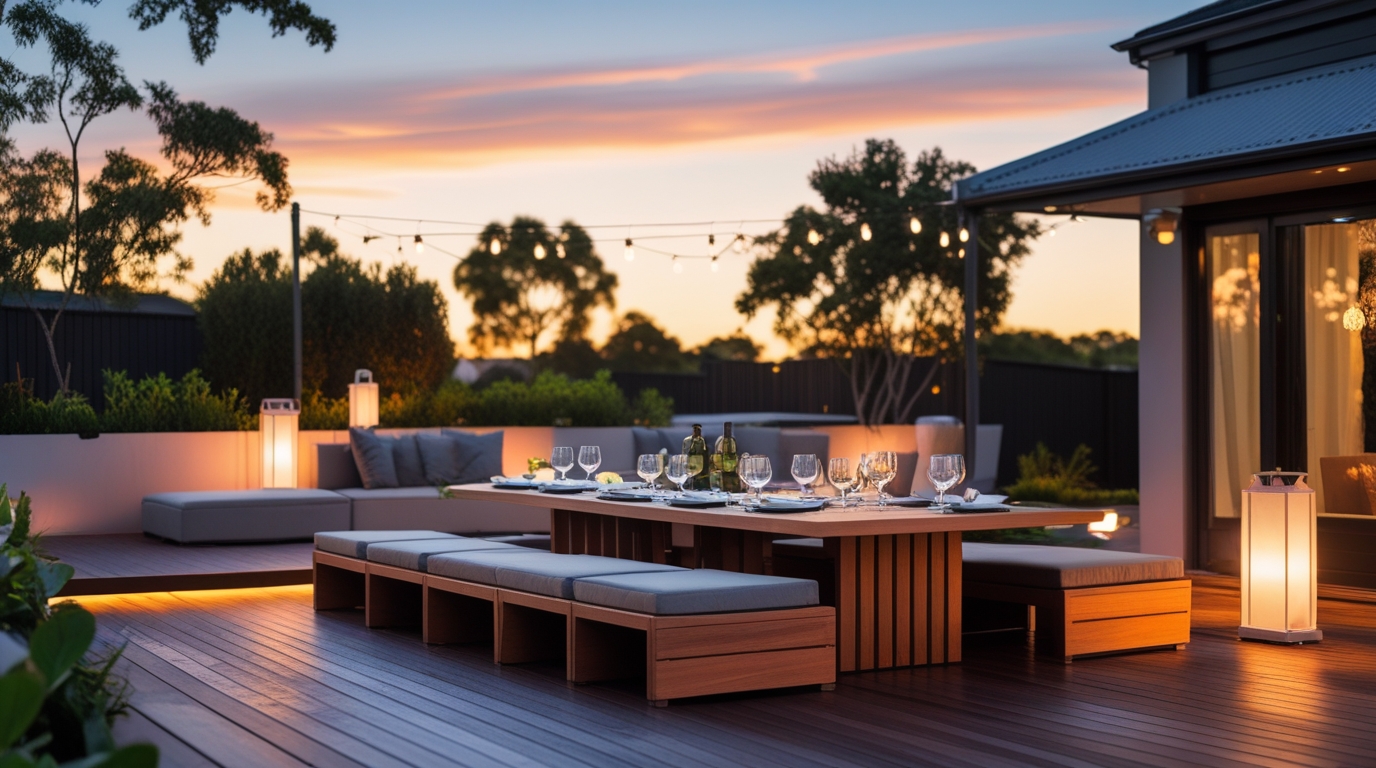Introduction
The global luxury upmarket home furniture market is on the brink of unprecedented growth, and Australia is no exception. Amid shifting demographics, changing consumer values, and a surging appetite for bespoke, high-end living experiences, demand for luxury home furnishings is expected to skyrocket. As affluent consumers seek to transform their homes into curated sanctuaries—blending art, comfort, and status—luxury furniture has moved from indulgence to investment.
According to Statista, the global luxury furniture market is projected to reach over US$36 billion by 2030, with a significant contribution from Asia-Pacific and Oceania. Australia’s share of this boom will be fuelled by rising household wealth, a preference for premium quality, and a cultural emphasis on lifestyle aesthetics.
Let us explore the ten forces driving this boom, peppered with expert insights, global trends, and practical implications for both buyers and sellers.
1. The Affluent Homeowner’s Shift Toward Quality Over Quantity
Luxury consumers are no longer satisfied with mass-market products. The emphasis has shifted to enduring quality, artisanal workmanship, and the prestige associated with rare or bespoke items.
“People are buying less, but better. They want furniture that tells a story, that has soul.”
— Martyn Lawrence Bullard, Celebrity Interior Designer
In Australia, high-net-worth households have grown substantially. According to the Credit Suisse Global Wealth Report, more than 2.2 million Australians are millionaires. For these buyers, luxury furniture is a form of self-expression and a statement of refinement.
2. The Rise of the ‘Home as a Sanctuary’ Mentality
Following global lockdowns and the remote work revolution, the home has become more than just a place to live—it’s a personal retreat. Consumers are investing heavily in luxurious home environments, with custom-made furniture becoming a key component.
Luxury bedrooms, grand lounges, home libraries, and spa-style bathrooms are being designed as sanctuaries—each requiring furnishings that align with their emotional and functional intent.
“Luxury is not about things. It’s about the experience of life you get from those things.”
— Lapo Elkann, Founder of Italia Independent
3. Wealth Transfer and the Next Generation of Luxury Buyers
As Baby Boomers and Gen X pass on wealth to Millennials and Gen Z, a younger luxury consumer is emerging—one that values authenticity, sustainability, and heritage.
This demographic seeks limited-edition pieces, ethically sourced materials, and companies that align with their values. They are digitally fluent, often discovering brands through social media and independent blogs before committing to high-value purchases online.
According to Forbes, Millennials are now the fastest-growing luxury consumer segment, accounting for over 50% of luxury purchases by 2026.
4. The Globalisation of Design Aesthetics
Global design influences—Scandinavian minimalism, Italian opulence, Japanese wabi-sabi, and French neoclassicism—are converging into a hybridised luxury aesthetic. Australian consumers are increasingly seeking furniture that reflects global tastes but retains local craftsmanship or environmental awareness.
This trend allows high-end furniture makers to draw on a wide variety of design languages while staying grounded in quality materials such as solid timber, brushed brass, linen, and stone.
5. A Booming Renovation and Upscale Real Estate Market
Luxury furniture sales rise in lockstep with high-end real estate and premium renovations. With Australia’s prime property market seeing robust demand—especially in areas such as Toorak, Mosman, Brighton, and Noosa—buyers are keen to furnish their homes in a manner befitting the architecture.
The Australian Bureau of Statistics notes that home renovations and additions have surged to over $13 billion annually, with luxury spending forming a significant share of this. Designers, architects, and homeowners increasingly specify custom furniture as part of renovation contracts, driving consistent demand.
6. A Cultural Embrace of Artisanal and Heritage Craftsmanship
Consumers today are drawn to heritage furniture techniques—joinery, hand-carving, gilding—once viewed as relics, now prized as signs of authenticity. In a market saturated with disposable furniture, genuine craftsmanship stands tall.
“Handcrafted luxury is the future. Consumers are tired of soulless, machine-made sameness.”
— Jonathan Adler, Designer and Entrepreneur
Brands that champion traditional furniture-making methods while integrating modern materials are particularly well-positioned to capitalise.
7. Luxury Outdoor Living Is Exploding
Australia’s climate makes outdoor living a defining part of the lifestyle. Discerning consumers are extending luxury from indoors to patios, terraces, and gardens. Furniture that once served mere function—sun lounges, dining sets, daybeds—is now a canvas for design excellence.
Outdoor luxury furniture is no longer an afterthought. It is increasingly integrated into architectural plans, with customers seeking teak, aluminium, and weatherproof fabric options that are as luxurious and curated as their indoor counterparts.
Customisation plays a major role in this sector, with brands like The Exclusive Home offering bespoke outdoor collections made to fit exact dimensions and aesthetics.
8. Digital Accessibility and Direct-to-Consumer Channels
Luxury furniture is no longer restricted to exclusive showrooms. With advances in e-commerce, 3D visualisation, and augmented reality, even high-ticket items are being confidently purchased online. COVID-19 accelerated this behaviour, and consumer trust has solidified.
Companies offering seamless digital experiences, online quoting, photo previews of furniture in production, and personal service—even online—are converting browsers into buyers. The online luxury market is estimated by McKinsey to hit $77 billion globally by 2025.
Australian brands that emphasise craftsmanship, offer custom design, and back it up with polished digital experiences will be best positioned to ride this wave.
9. Growing Disdain for Offshore, Poor-Quality Imitations
There is rising consumer backlash against furniture companies pretending to be local but shipping poor-quality items from offshore factories—often with hidden shipping fees, no returns, and no warranty.
TrustPilot reviews and consumer watchdog reports highlight the frustration of customers who have waited months only to receive damaged, poorly built products.
In contrast, authentic Australian luxury furniture brands offering:
- Transparent production timelines
- Customisation options
- In-house quality checks
- Australian customer service
- 5+ year warranties
…are building strong reputations and commanding premium prices.
10. Emotional and Social Significance of High-End Furniture
For many, furniture isn’t merely about utility—it’s about identity, memory, and pride. Heirloom-quality furniture has returned to prominence as people seek permanence in a throwaway world.
Buyers are looking for:
- Furniture that will last decades, not years
- Pieces that spark conversation
- Items that become part of family history
The emotional value of luxury pieces—especially ones that are personalised or locally crafted—adds intangible value that justifies premium pricing.
“Luxury is when it seems flawless, when you reach the right balance between all elements.”
— Jean-Louis Deniot, Renowned Parisian Interior Designer
Strategic Insights for Furniture Businesses
A. Positioning Is Everything
Brands must move away from commoditised messaging and focus on bespoke, emotionally resonant language. Keywords like “exclusive,” “crafted for your home,” and “bespoke luxury” will dominate SEO and AdWords copy.
B. Leverage Storytelling
Tell the story behind the design. Showcase the artisans, the design process, and the sustainable materials. This builds trust and drives conversions.
C. Partner with Designers and Influencers
Interior designers, architects, and stylists are key referral channels in the luxury market. Foster relationships and offer trade discounts, samples, or revenue-sharing models.
D. Invest in Long-Form Content
Educational blog articles, home styling guides, and luxury trend reports attract organic traffic and reinforce expertise. A blog like “Luxury Home Insights” is the perfect vehicle to dominate in this space.
The Road Ahead
The boom in high-end home furniture is not a fleeting trend. It is anchored in economic data, social values, lifestyle shifts, and generational wealth transfer. Australia, with its wealth, design sensibilities, and appetite for quality, is poised to become a global hub for high-end interior and outdoor furniture.
Brands that combine old-world craftsmanship with digital agility, authenticity with design flair, and service excellence with emotional storytelling will not just survive—they’ll thrive.
Final Word
The luxury furniture boom is not just about selling expensive sofas or stylish sideboards—it’s about helping people elevate how they live, feel, and connect in their homes. In a world that increasingly feels rushed and impersonal, luxury furniture offers what so many crave: permanence, beauty, craftsmanship, and meaning.
Check out our exclusive luxury, high-end, upmarket home furniture collection at The Exclusive home.
“We shape our homes and then our homes shape us.”
— Winston Churchill In the coming years, it won’t be just about having a beautiful home—it will be about what that beauty represents. And in that story, luxury furniture plays the lead role.

